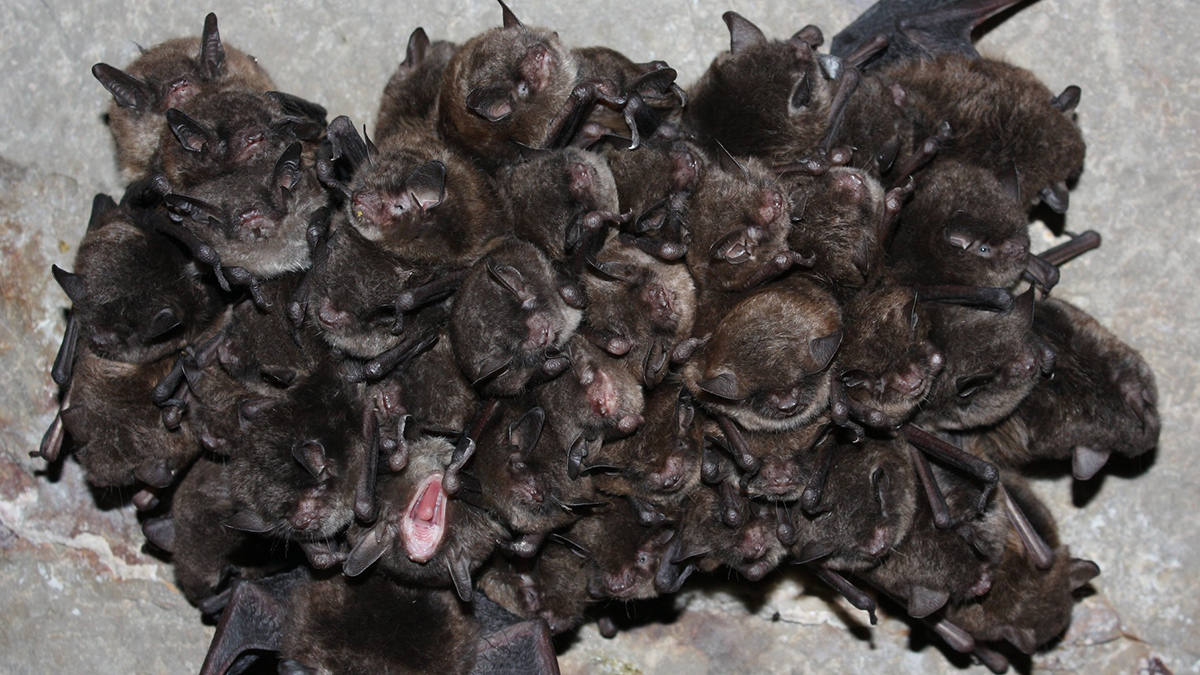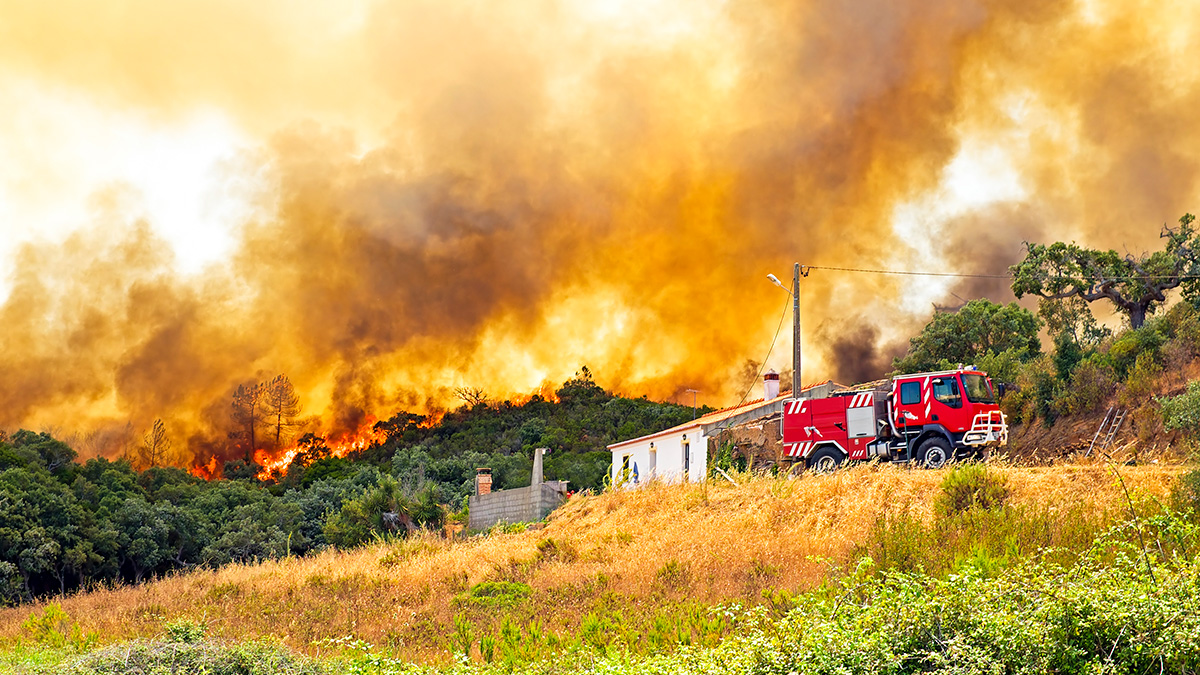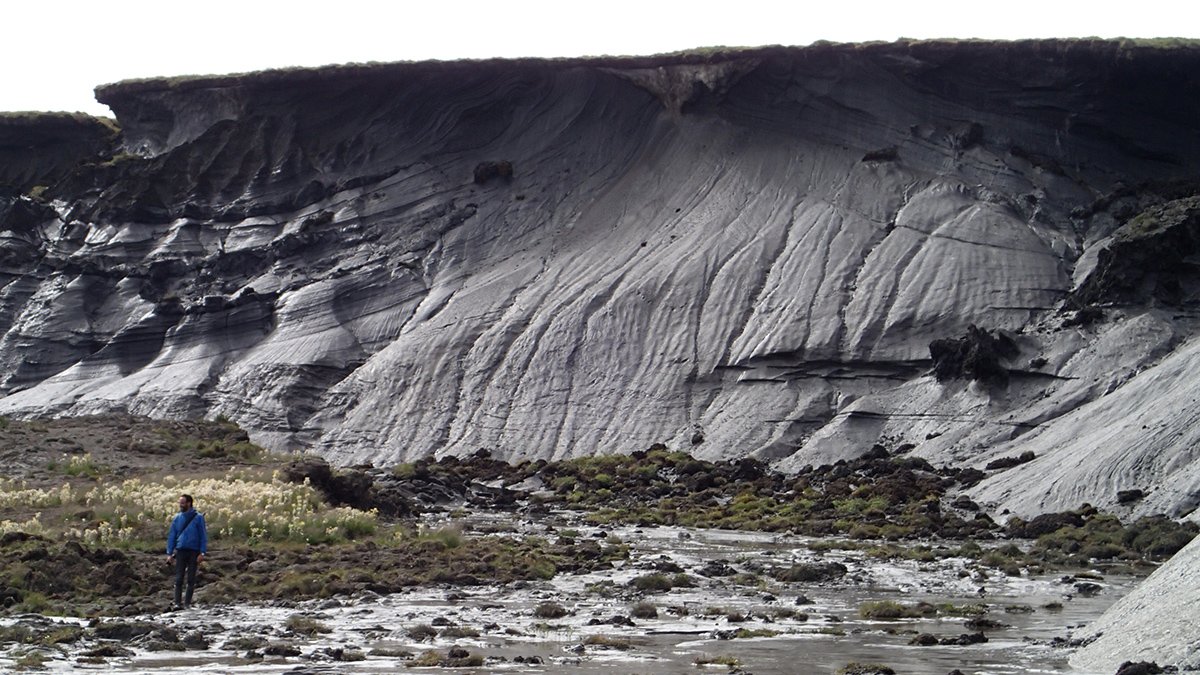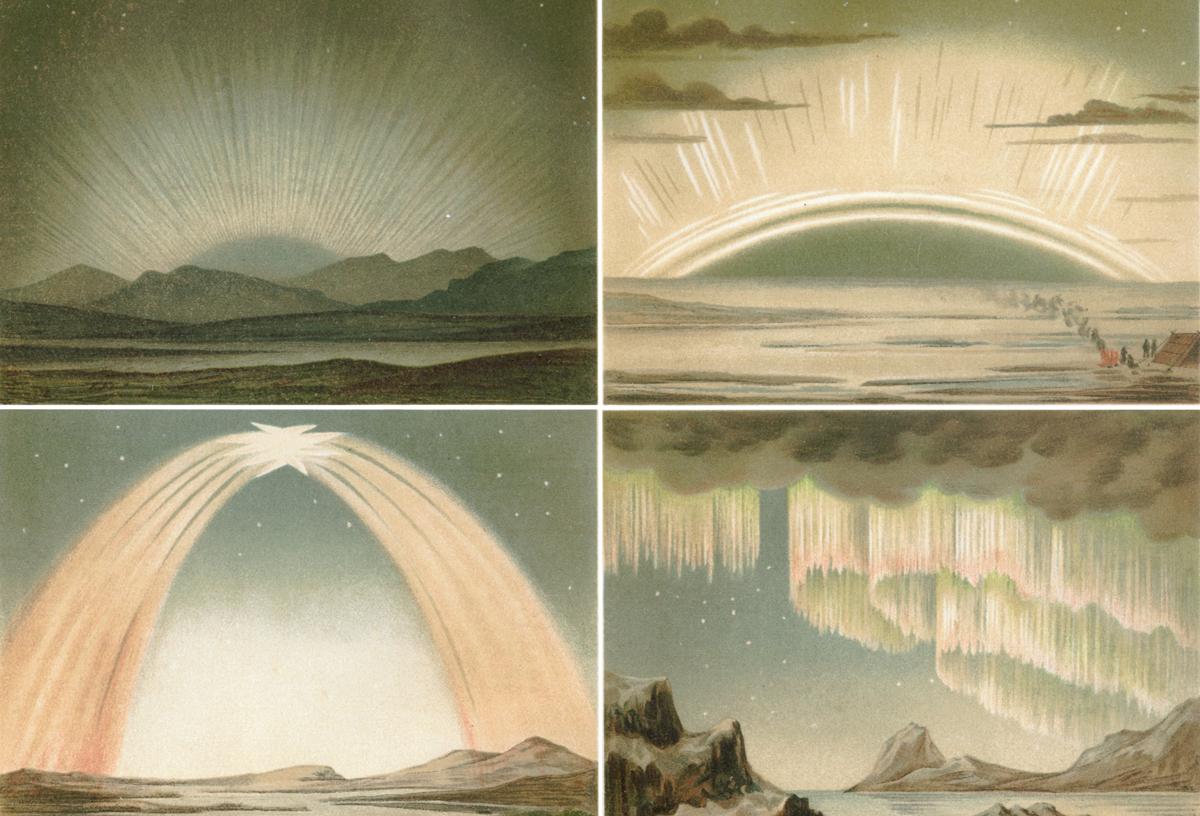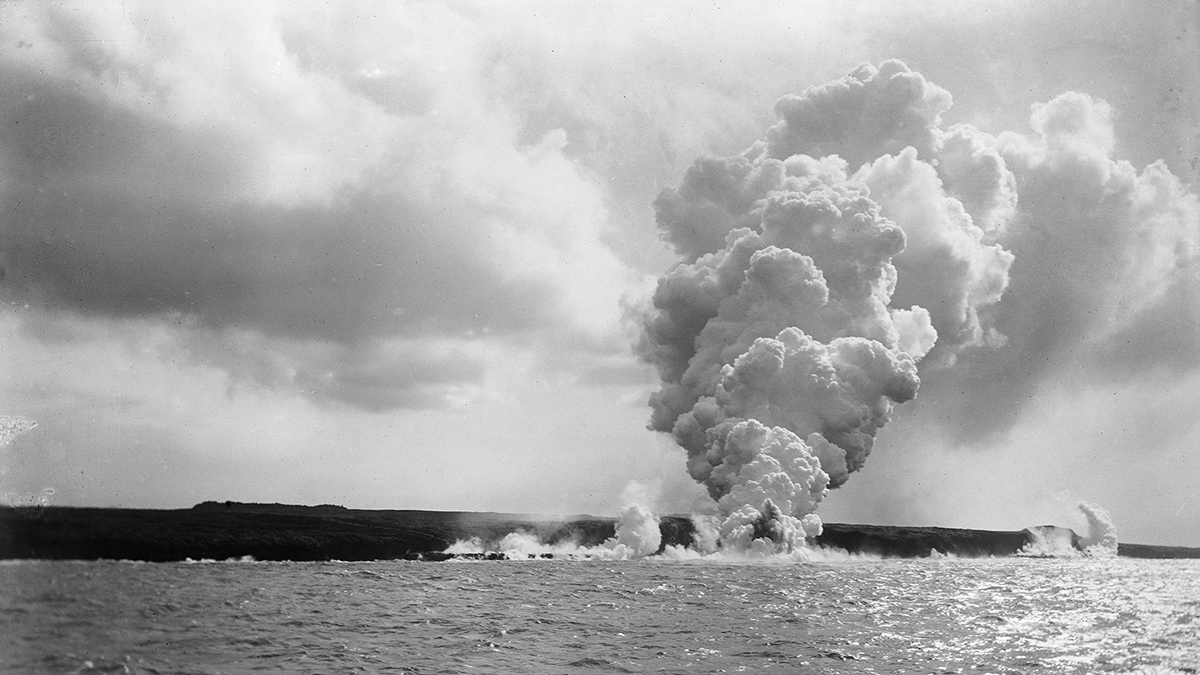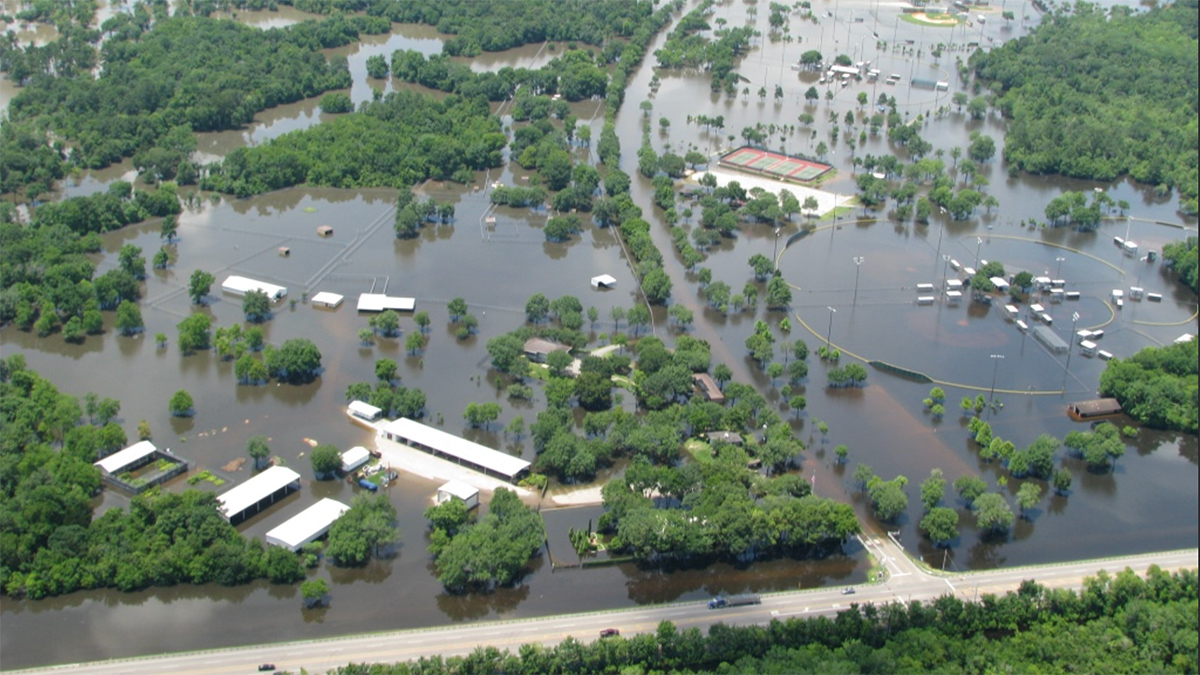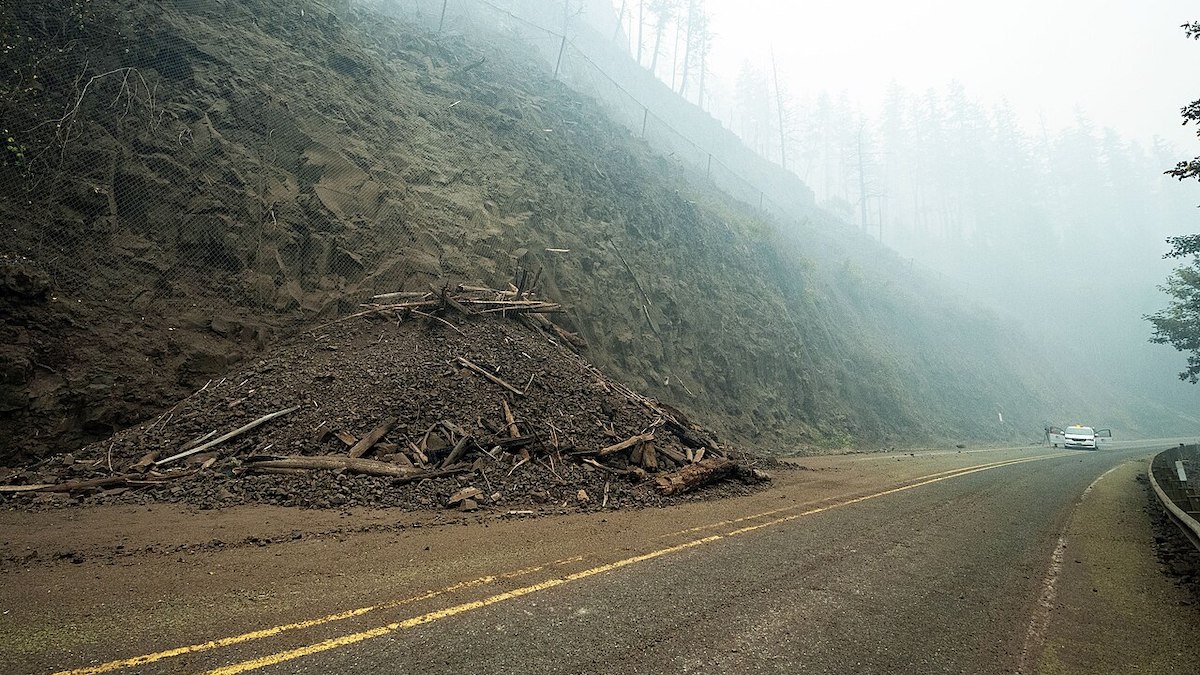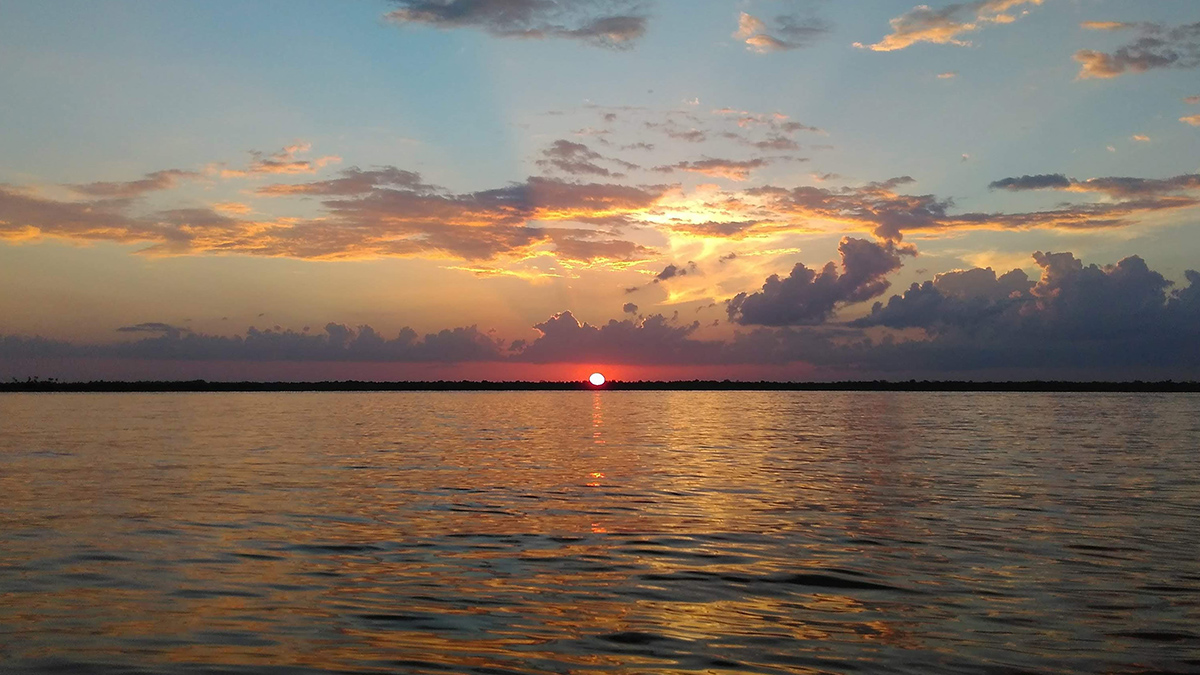更精细分辨率的模型,以及对大陆架-海洋过程的更好理解,是理解不同的海岸将如何受到海平面上升、极端风暴潮和海浪影响的关键。
Research Spotlights
Research spotlights are plain-language summaries of recent articles published in AGU’s suite of 24 journals.
Bat Poop Records Fire History
Charcoal stored in preserved guano gives researchers a new way to reconstruct regional fire histories.
Como os Incêndios e o Clima Afetam a Saúde Pública de Portugal
Os investigadores analisaram os dados para examinar os efeitos dos incêndios florestais, dos poluentes e dos fatores meteorológicos na mortalidade e na saúde cardiovascular no país ibérico.
Thawing Permafrost Is Affecting Climate, but It’s Unclear by How Much
Models produce widely varying estimates of how ecosystems in the northern permafrost region are currently affecting the global greenhouse gas budget.
了解地球物理学:追踪 AGU 期刊文章标题的演变
一项新研究对 AGU 期刊文章标题中最常用的词汇进行了分类,并探讨了这些词汇讲述的地球和空间科学领域发展的故事。
Tracking a Disappearing Mantle Plume in Ancient Samoa
A thick portion of Earth’s crust may have capped the Samoan plume and suppressed volcanism for 30 million years, explaining a curious gap along the Samoan chain.
Blasts from the Past: New Insights from Old Space Storms
Reassessment and comparison of past space weather events highlight the potential for Earth to experience destructive geomagnetic disturbances.
Subtle Coastal Sinking Raises Storm Surge Risks
New detection of millimeter-scale subsidence along vulnerable coastlines means flood risk predictions may be inaccurate.
Mapping Landslide Risk in the United States and Puerto Rico
A new method provides highly accurate continental-scale landslide susceptibility maps that are being used in the aftermath of Hurricane Helene.
Insights Biogeoquímicos de um Importante Rio Amazônico
Sub-representados nos orçamentos globais de carbono, rios tropicais como o Tocantins, no Brasil, necessitam de estudos para estabelecer suas características de base face às crescentes mudanças globais.


